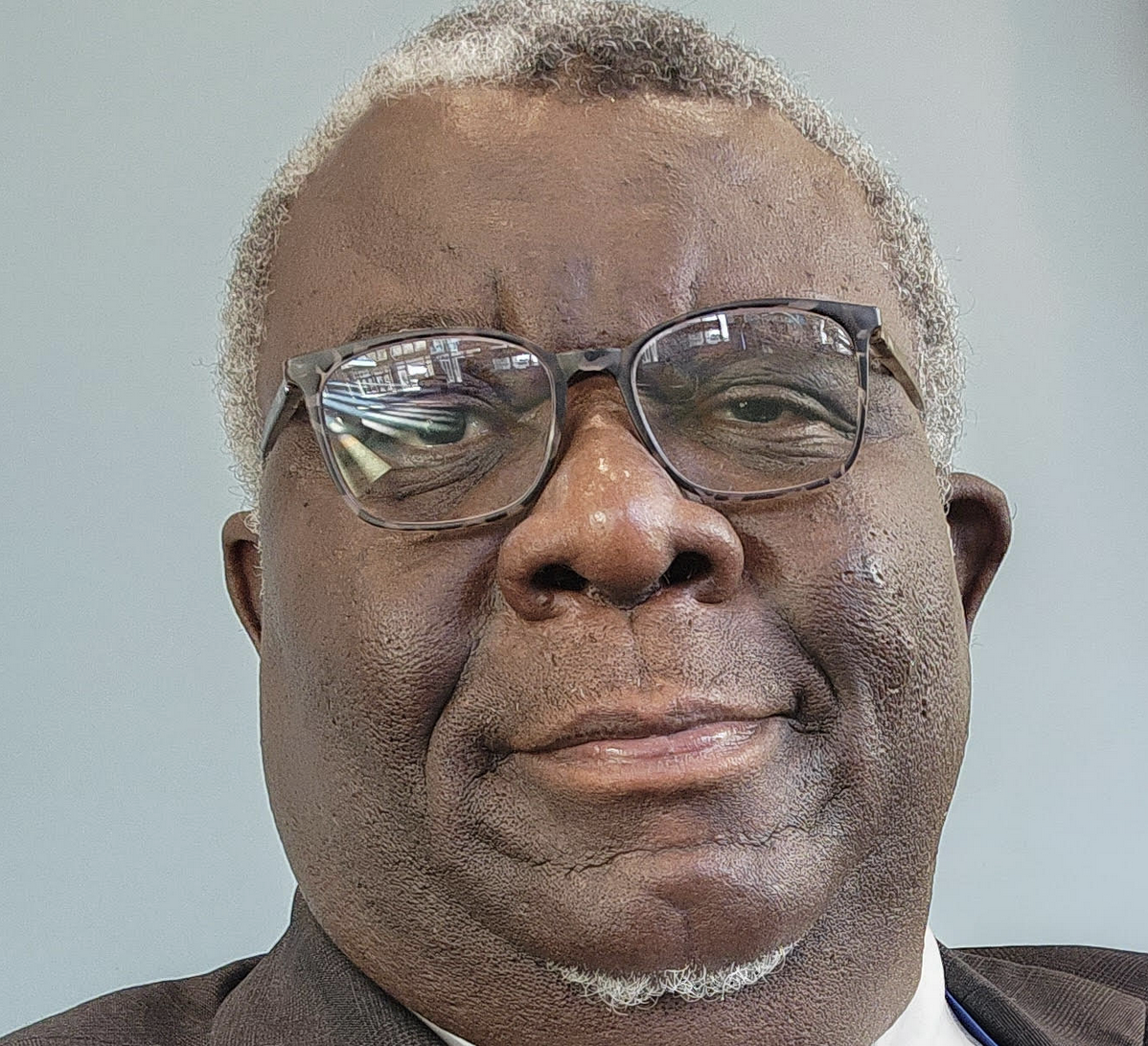 The United States Department of Transportation has reported that airlines made more than US$25 billion on after-tax profits in 2015, an increase from US$7.5 billion in 2014. These figures were based on 25 US-based passenger airlines. Pre-tax operating profits were US$28 billion in 2015, up from US$14.6 billion in 2014.
The United States Department of Transportation has reported that airlines made more than US$25 billion on after-tax profits in 2015, an increase from US$7.5 billion in 2014. These figures were based on 25 US-based passenger airlines. Pre-tax operating profits were US$28 billion in 2015, up from US$14.6 billion in 2014.
According to a USA Today article this was largely caused by an overall 35 percent lower fuel cost in 2015, again when compared with 2014. Notably, the average ticket fare in 2015 of US$377 was down 3.8 percent from the year before and down 19.2 percent from an inflation-adjusted average of US$467 in 2000. Needless to say another major contributor to profits came from baggage fees, jumping to US$3.81 billion in 2015 from US$3.52 billion in 2014.
Melanie Hinton, spokesperson for Airlines for America, an industry group representing many of the biggest US airline carriers stated ‘In short, this industry is working as well as it ever has before – to the benefit of the 2.2 million passengers who fly on U.S. airlines every day’.
The increased profitability will almost certainly lead to quicker fleet renewals, which in turn will result in lower operating costs including reduced seat per mile rates. One example of this together with a number of other factors including the current value of the Canadian Dollar against its American counterpart is the confirmed order by Delta for 75 Bombardier aircraft with an option for another 50 CS100 jets, with conversion rights offering the change to the higher passenger capacity and range CS300 version. This is partially to replace their ageing fleet of gas guzzling MD-88’s.
What is so special about this particular plane and why should it be of interest to us here in the Caribbean?
To quote from Bombardier’s own website ‘The C Series of aircraft, representing the fusion of performance and technology is the only 100 per cent-new family of airliners specifically designed for the 100 to 150-seat, single aisle market, benefiting from a clean-sheet design that includes leading-edge technology and systems integration, advanced materials and latest-generation aerodynamics. The C Series aircraft offers over 15 per cent cash operating cost advantage, over 20 per cent fuel burn advantage, exceptional generational flexibility, wide body comfort and an unmatched environmental and noise footprint’.
In simple terms it will allow airlines to develop yet unproven new routes at the lowest cost risk factor. The range of 3,100 nautical miles for the CS100 and 3,300 nautical miles for the CS300 will make a nonstop from Chicago or Minneapolis, for instance, to Barbados a practical reality without having to look for loadings of 200 plus passengers. Air Canada has also placed an order for 45 of the CS300 model so again a nonstop Winnipeg/Barbados flight could be another potential route.
Of course, Bombardier’s main competitors, Boeing and Airbus are well aware of the challenge the Canadian plane maker poses, but so far the nearest alternatives offered by these manufacturers, the B737 Max 7 in the case of Boeing and A319neo by Airbus have attracted ‘just a few dozen orders each’ according to recently published articles.





The blogmaster invites you to join the discussion.